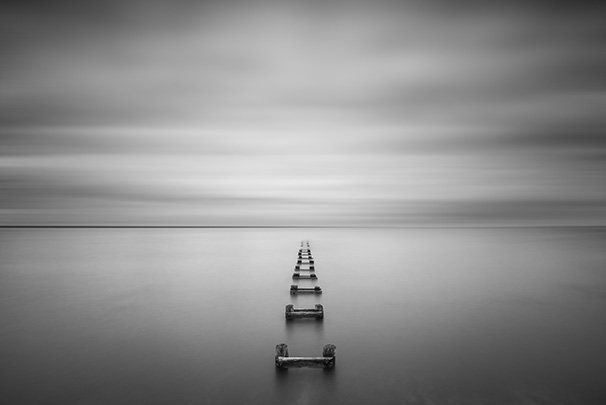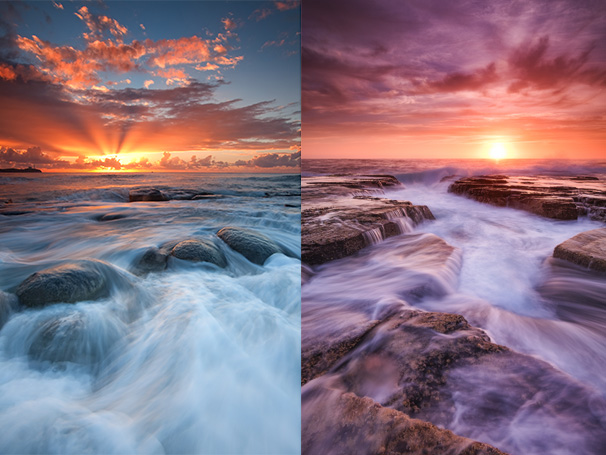Privacy Policy
Digital Camera Warehouse is committed to safeguarding personal privacy. Unless given consent to do otherwise, Digital Camera Warehouse will only collect and use personal information as set out below.
When a product is purchased personal information may be requested (such as name, address, email, phone numbers) in order to process and deliver your order, and to advise of other related products which may be of interest. We will not reveal your personal and transactional information to any external organisation except where necessary for the purpose of fulfilling your order (e.g. financial institutions that issued your credit card and courier companies that deliver your order) or when opting-in to free purchase protection from Google.
By opting-in to Google’s purchase protection you agree to allow third party vendors, including Google, to use cookies to serve the Trusted Store badge on the Digital Camera Warehouse website and to serve ads based on your prior visits to our website. You may opt-out of Google's use of cookies to serve ads based on your prior visits to our site by visiting the Google advertising opt-out page. You may opt-out of a third party vendor's use of cookies for interest-based advertising on the Network Advertising Initiative opt out page.
Personal Information will be used to:
- Enable your order to be processed according to Digital Camera Warehouse procedures.
- Render services related to Digital Camera Warehouse business such as warranty or after sales services.
- Provide you with information about products, service and/or special offers.
- Obtain opinions or comments about products and/or services.
- record statistical data for marketing analysis.
Digital Camera Warehouse recognises the trust with which individuals provide personal information, and such information will not be used or disclosed for any other purposes other than those given above without your consent, except in exceptional cases when disclosure may be required by law or is necessary to protect the rights or property of Digital Camera Warehouse, or any member of the public.
Digital Camera Warehouse may contact individuals using the information which was provided by them in order to:
- Enable your order to be processed according to Digital Camera Warehouse procedures.
- Provides information about new products, special offers and other matters relating to your purchase or digital cameras that may be of interest.
- Send newsletters about digital cameras, tips or information about digital photography, or related matters
Digital Camera Warehouse will endeavour to take all reasonable steps to keep secure any personal information recorded, and to keep this information accurate and up to date. The information is stored on secure servers if in digital format, or in locked areas if in hardcopy format. Digital Camera Warehouse employees are obliged to respect the confidentiality of any personal information held by Digital Camera Warehouse. However, security of communications over the Internet cannot be guaranteed, and therefore absolute assurance that information will be secure at all times cannot be given.
Digital Camera Warehouse will not be held responsible for events arising from unauthorised access to personal information.
Digital Camera Warehouse provides links to web sites outside of the Digital Camera Warehouse site. These linked sites are not under the control of Digital Camera Warehouse, and Digital Camera Warehouse is not responsible for the conduct of companies linked to the Digital Camera Warehouse web site.
Enquiries relating to our Privacy Policy, or any problems or complaints may be directed to the Operations Manager by calling the customer service number 1300 365 220.








